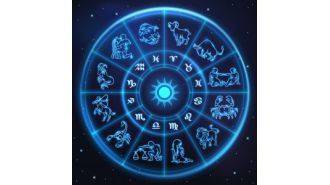Does marriage have a future?
Prof Debora Spar and Aryanna Garber wrote a beautiful article on the evolution of marriage.
It traces the history of marriage as an institution over the past two thousand odd years – from its beginnings as a necessity for real estate inheritances when we transitioned from hunter gatherers to farmers to its evolution as a key organizing structure in society to the shrinking family sizes after industrialization to the impact of “technology shocks” (the pill, artificial insemination).
The two graphs below tell fascinating stories about the evolution of this institution over the decades.


This all come together in a beautifully written conclusion – one that I thought I’d share in full.
Seen against the long sweep of history, it’s not surprising that marriage is now morphing from what we once knew it to be. It has done that before and will no doubt do so again. What’s different now are the pace and breadth of the disruption, coming in ever-faster waves and engulfing ever-broader swathes of people. It’s difficult to predict exactly how these changes will eventually fall and settle. In the short term, though, several patterns are likely to prevail.
First, overall rates of marriage are almost certain to continue to decline, particularly among those segments of society for whom its traditional values — sex, children, financial security — are either less attractive or more readily available through other channels. Second, individuals and communities that treasure these values may well double down on them, signaling and underscoring their preferences through commitments such as pre-marital purity pledges or “trad wife” marriages.
But most significantly, and perhaps most ironically, as technology sweeps across our social and sexual lives, marriage may actually become more and more about love. Because when all the other elements of marriage’s historical contract have been stripped away, what remains is its most ephemeral and priceless piece. Will some people turn away from marriage if they can’t find the right person with whom to share their love? Absolutely, because now they can. Will others leave a marriage if the relationship becomes unsatisfying or unhealthy? Yes.
Yet the fact that, for most people, marriage has become an option rather than an expectation could also strengthen the institution for those who choose to embrace it. Because once marriage is ripped from the exchange of family commitments and property that initially sat at its foundation, once it is no longer necessary to ensure the legitimacy of children or the financial security of young women, marriage is left, sort of, with love. It is a commitment, plain and simple, to spend one’s life with one other person — to share possessions and pain, dirty laundry and family meals, to grow happy, or grumpy, and old together, to resist the temptation of other paths and people in favor of just one.
Shorn of the requirements it once entailed, what remains in marriage, and what is being exchanged, is love — love for the long term, love intertwined with desire, love that has no greater use than its own existence. It is an ephemeral bargain, of course, one that has moved beyond the realm of material goods to occupy a more intimate and sacred space. But as technology claims an ever-greater share of our lives, these sacred connections may become increasingly vital — priceless goods to preserve, cherish, and protect, for as long as we all shall be.






